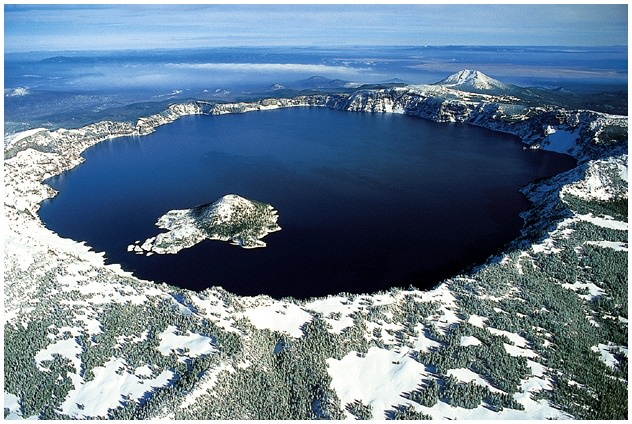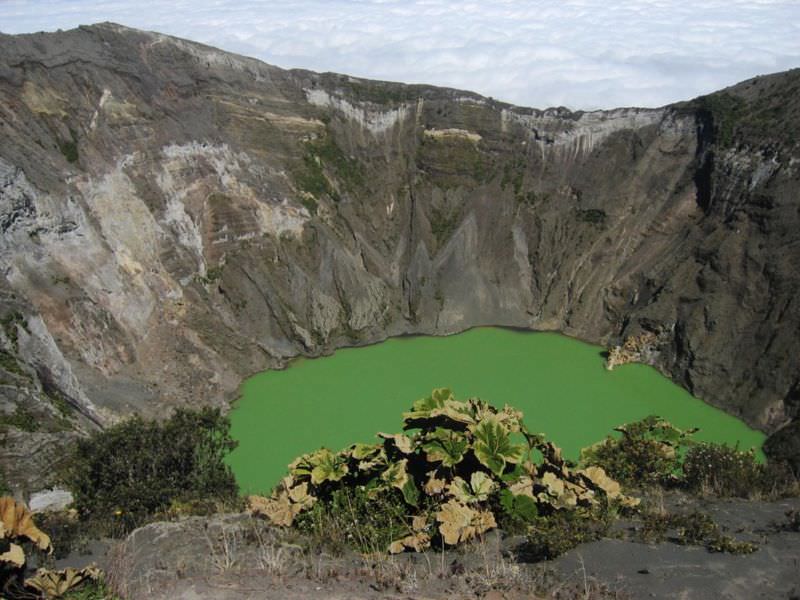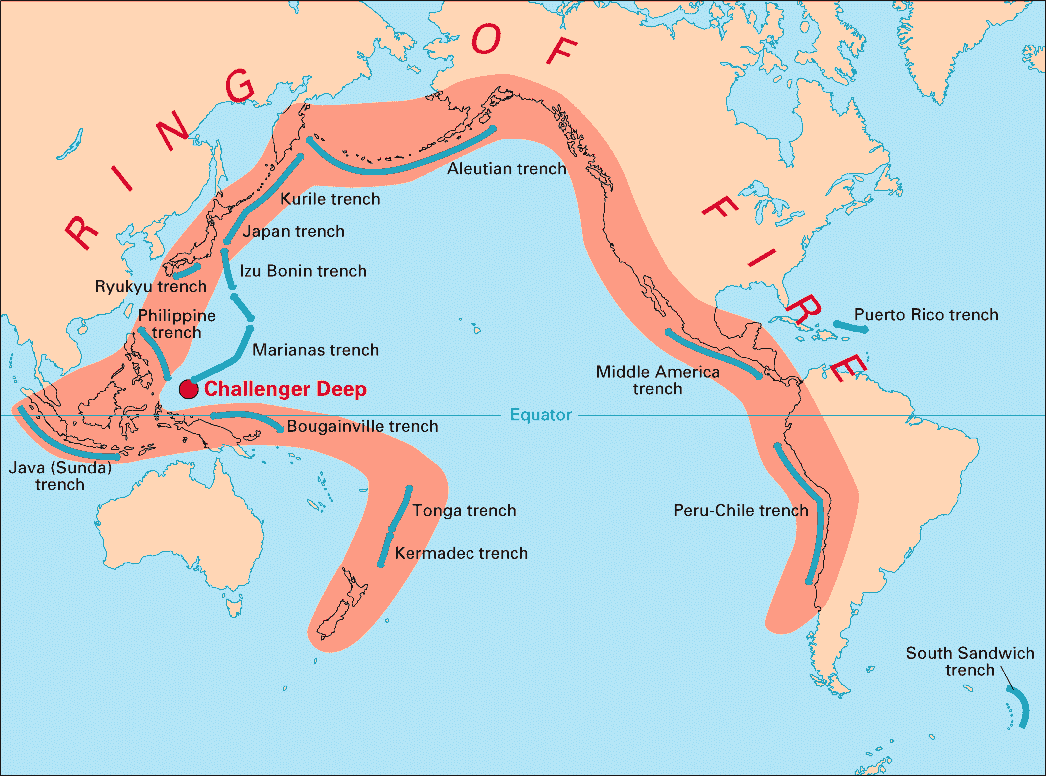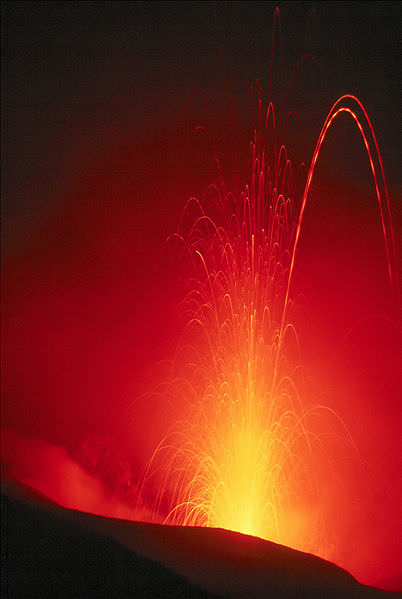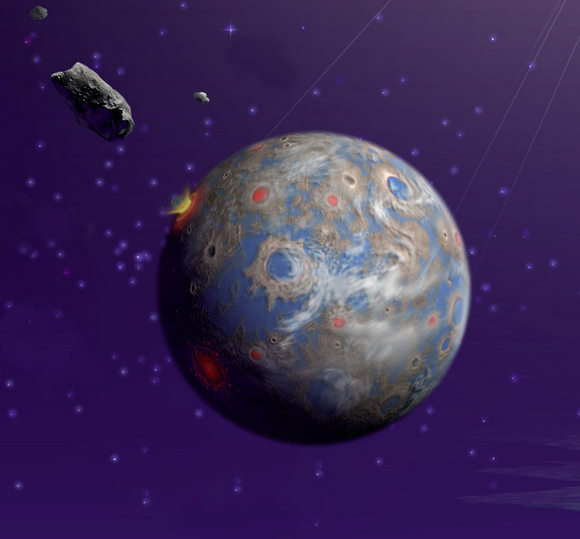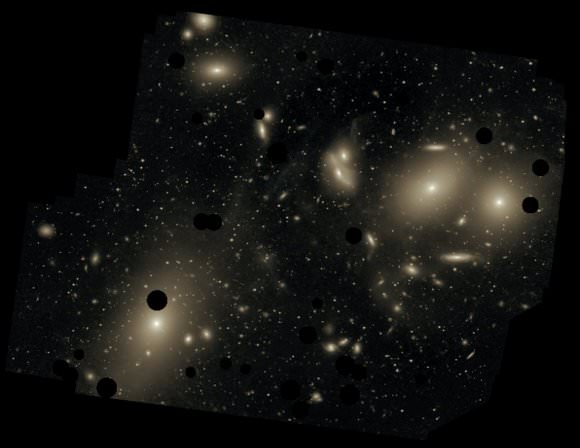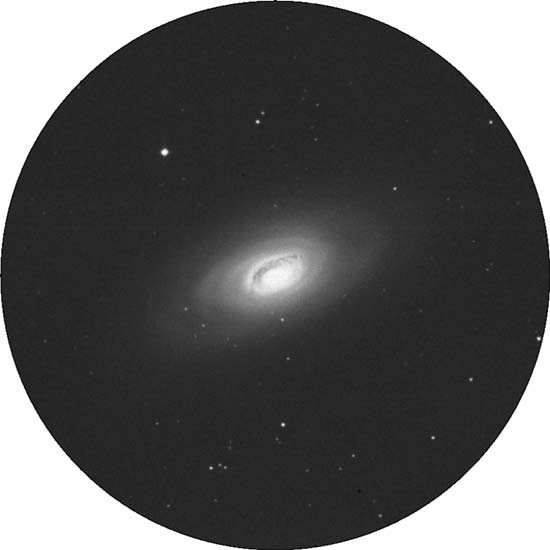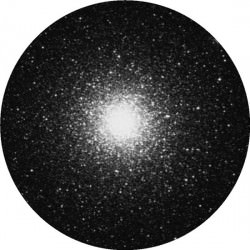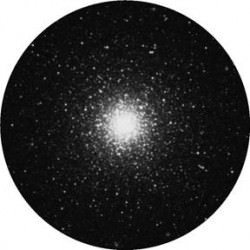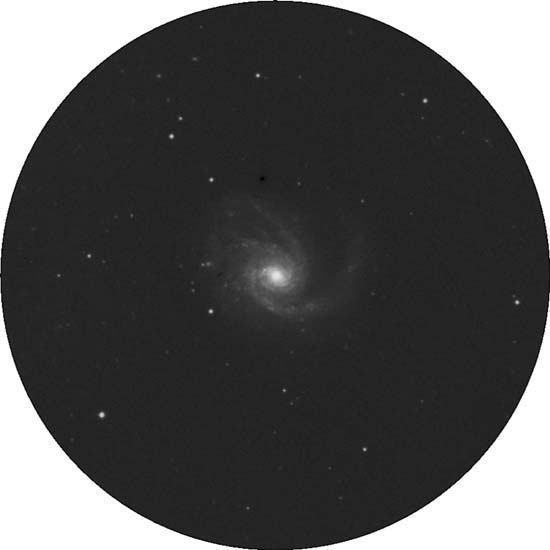[/caption]
A now-you-see-it, now-you don’t accretion disk (white and blue in the artist’s rendering at left) has tipped astronomers to the birth of a superfast, “millisecond” pulsar that was happening right before their eyes — er, their radio telescopes.
The new finding confirms the long-suspected evolutionary connection between a neutron star and a millisecond pulsar: they are two life stages of the same object.
Anne Archibald, of McGill University in Montreal, Canada and her colleagues announced their discovery in the May 21 online issue of the journal Science.
Pulsars are superdense neutron stars, the remnants left after massive stars have exploded as supernovae. Their powerful magnetic fields generate lighthouse-like beams of light and radio waves that sweep around as the star rotates, and are detectable as pulses on Earth.
Some, dubbed millisecond pulsars, rotate hundreds of times a second. Astronomers believe the fast rotation is caused by a companion star dumping material onto the neutron star and spinning it up.
The material from the companion would form a flat, spinning disk around the neutron star, and during this period, the radio waves characteristic of a pulsar would not be seen coming from the system. As the amount of matter falling onto the neutron star decreased and stopped, the radio waves could emerge, and the object would be recognized as a pulsar.
This sequence of events is apparently what happened with a binary-star system some 4000 light-years from Earth, in the constellation of Sextans just south of Leo. The millisecond pulsar in this system, called J1023, was discovered by the National Science Foundation’s Robert C. Byrd Green Bank Telescope (GBT) in West Virginia in 2007 in a survey led by astronomers at West Virginia University and the National Radio Astronomy Observatory.
The astronomers then found that the object had been detected by National Science Foundation’s Very Large Array radio telescope in New Mexico, during a large sky survey in 1998, and had been observed in visible light by the Sloan Digital Sky Survey in 1999, revealing a Sun-like star.
When observed again in 2000, the object had changed dramatically, showing evidence for a rotating disk of material, called an accretion disk, surrounding the neutron star. By May of 2002, the evidence for this disk had disappeared.
“This strange behavior puzzled astronomers, and there were several different theories for what the object could be,” said Ingrid Stairs of the University of British Columbia.
The 2007 GBT observations showed that the object is a millisecond pulsar, spinning 592 times per second.
“No other millisecond pulsar has ever shown evidence for an accretion disk,” Archibald said. “We know that another type of binary-star system, called a low-mass X-ray binary (LMXB), also contains a fast-spinning neutron star and an accretion disk, but these don’t emit radio waves. We’ve thought that LMXBs probably are in the process of getting spun up, and will later emit radio waves as a pulsar. This object appears to be the ‘missing link’ connecting the two types of
systems.”
The scientists have studied J1023 in detail with the GBT, with the Westerbork radio telescope in the Netherlands, with the Arecibo radio telescope in Puerto Rico, and with the Parkes radio telescope in Australia. Their results indicate that the neutron star’s companion has less than half the Sun’s mass, and orbits the neutron star once every four hours and 45 minutes.
Image caption: Material from distended “normal” star. right, streams onto accretion disk (white and blue) surrounding neutron star, left. Credit: Bill Saxton, NRAO/AUI/NSF
Source: National Radio Astronomy Observatory. Animations are here and here. Warning: that last one may cause dizziness.


